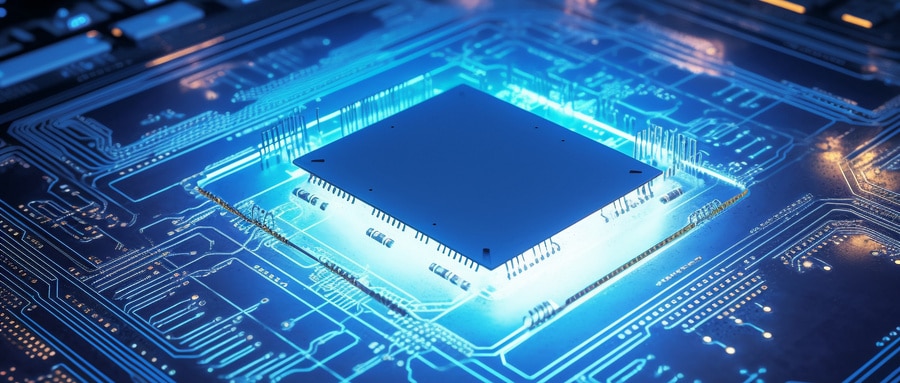The Role of LED Light PCBs in Modern Electronics
LED Light Printed Circuit Boards (PCBs) have become one of the shining stars in today’s ever-evolving landscape of electronics, designed specifically to enable efficient LED functioning and revolutionise our experience of light today. In this article we aim to uncover all aspects related to LED Light PCBs including their introduction, benefits and potential role in shaping energy-efficient lighting solutions in future.
Unlocking the Mystery Behind LED Light PCBs
LED Light PCBs are circuit boards specifically designed to integrate light-emitting diodes (LEDs) efficiently into circuits. LEDs, known for their efficiency, long lifespan and versatile uses have revolutionized lighting technology and A LED Light PCB is purposefully tailored to maximize these benefits and bring significant value across a variety of applications in today’s world.
LED Light PCBs as an Indicator of Efficiency
LED Light PCBs are synonymous with efficiency. Crafted with materials that offer effective heat conductivity – such as aluminum – they help dissipate heat generated by LEDs to ensure it doesn’t accumulate in one area and cause overheating – an issue common to traditional lighting systems that limits longevity and efficiency of LED systems.
Exploring the Design Process
LED Light PCB design is an involved process involving various steps, such as creating a schematic for the circuit, designing the board layout and turning this physical board design into physical form – before finally testing its effectiveness.
Applications of LED PCBs
LED Light PCBs have become increasingly popular across a variety of sectors due to their adaptability. From residential and commercial lighting applications, to indicator and backlight systems in consumer electronics, automobile industry, indoor/outdoor signage applications and even medical equipment – LED Light PCBs offer an eco-friendly lighting solution suitable for modern day needs.
Future of LED PCBs
With global efforts geared toward energy-efficient solutions increasing exponentially, demand for LED Light PCBs is expected to soar exponentially. Technological advances are already expanding its applications – from smart city projects and Li-Fi technology (where high frequency LED lights may replace Wi-Fi), LED Light PCBs are slowly but surely shaping the future of electronics and lighting systems across the world.

Conclusion: Discussing the Importance of LED PCBs
Electronics technology continues to march towards an eco-friendly future with ever more energy efficiency and sustainability, led by LED Light PCBs as pioneering players. Their pioneering role serves as an indicator of efficiency and innovation; delving deeper into these PCBs reveals their complexity as well as highlighting innovative possibilities in this rapidly progressing field.
FAQ:
- What is an LED Light PCB?
An LED Light PCB is a Printed Circuit Board used to connect and control Light Emitting Diodes (LEDs) in a lighting system. These are used in a wide variety of applications, from small devices like flashlights and electronics to larger systems such as LED light fixtures and signage. - How does an LED Light PCB Work?
The LED Light PCB works by providing the electrical connections necessary for the LEDs to function. The LEDs are soldered onto the board, which then routes power to each LED according to the established circuit design. - What are the benefits of using LED Lights on a PCB?
LED lights are energy efficient, requiring less power than traditional incandescent bulbs. They also have a long lifespan and are highly durable. When used on a PCB, they can be arranged in custom designs and configurations to suit various applications. - Can I design my own LED Light Printed Circuit Board?
Yes, individuals with electronics knowledge and proficiency can design their own LED light PCBs. They would need to create a layout for the LEDs and the necessary circuit paths, taking into consideration the power supply, resistance, and other factors. - How are LED Light PCBs manufactured?
LED PCBs are typically fabricated in a similar manner to other kinds of PCBs. A substrate is covered with a conductive material such as copper. The design of the circuit is then etched onto the board, after which the LEDs and other components are assembled onto it through a soldering process. - Are there different types of LED Light Printed Circuit Boards?
Yes, there are different types of LED PCBs available, such as single-sided, double-sided, and multilayer, each offering different advantages. There are also different substrates used like metal core PCBs often used in LED lighting due to its superior heat dissipation. - What is the lifespan of an LED Light Printed Circuit Board?
The lifespan of an LED Light PCB can be quite long, often up to 50,000 hours or more. This makes them an ideal choice for applications where long-term, consistent lighting is required. - Are LED Light Printed Circuit Boards energy efficient?
LEDs are known for their energy efficiency. They require less power to emit light compared to traditional light sources. Pairing LEDs with a well-designed PCB can further optimize energy use. - How do I test an LED Light Printed Circuit Board?
Testing an LED light PCB involves applying power to the board and ensuring that all of the LEDs light up as expected. If some LEDs do not illuminate, it could indicate a problem with the LED itself or the corresponding circuit on the PCB. - How do I troubleshoot a faulty LED Light PCB?
If an LED Light PCB isn’t working properly, verifying the power supply and connections is a good first step. Use a multimeter to check for any open or short circuits. The visually inspect the board for any physical damage or faulty LEDs. For more complex issues, seeking professional guidance may be necessary.























